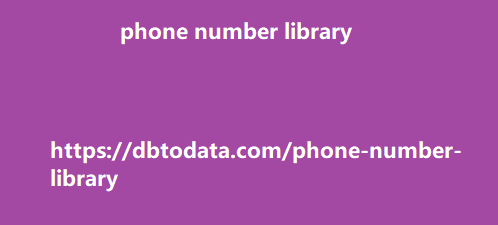In the same way, you have your own experiences of your niche, and you have your own valuable insights that you can share with your audiences. 94% more views than articles that don’t. That’s a pretty high number. And it’s also understandable. Imagine that plenty of long form content out there are around 2,000 words or so. Now, imagine that they are all just plain text. They would make reading pretty troublesome, and could make understanding for your audience a challenge especially if the topic you’re writing about involves instructions. And remember, when you engage in blog writing, you have to keep your audience in mind.
Not putting images in your articles
(especially the longer ones), can make reading your content a bad experience because it’s boring, and you don’t want that. Internal links Internal links are the links you create between the pages of your website. When you create your first blog post then you won’t really have a page you can link to (unless if you’re promoting a service or whatnot), so this one is more for when you’ve written a couple of posts. When you add an internal link, you’re referring your readers to another relevant page on your website. For example, I linked to my outbound links article and my dynamic website article, among others. That’s because they are relevant to this topic and I believe that you can get something valuable from those posts as well.
Sections Sections make reading your post
a lot easier for your audience. When you add sections, you break down your article into more digestible content. Plus you make navigation a lot easier as your readers can skim the section titles and go directly to what they believe is the most relevant part of the article for them. Your keyword Lastly, we can’t forget your keyword. Whether you believe that keyword density still matters to SEO or not, it’s a good idea to give the search engine a chance to know what you’re talking about. Of course, keyword density is just one way to do that. I’ll discuss more about keywords in the next section.
How to optimize your blog Next, we go
to optimization. You just have to keep in mind a few things here: Keyword placement Alt texts Headers URL slug Meta description Rel=”nofollow” Keyword placement First, make sure your keyword is in the following: Title tag Some of the headers Some of the image alt texts URL slug Meta description It’s important that you make sure the placements aren’t awkward or forced. You’re optimizing for search engines, yes, but you’re also optimizing for your readers. Alt texts Make sure you add alt texts to your images. Alt texts are the descriptive texts embedded in images that are read by the search engines so the images can show up when people perform an image search.
They also appear when images are
broken, and they are read by screen cambodia phone number library readers for those who are visually challenged. Headers Since your article consists of sections, it’s important that you format the section headers properly. For example, H3 would be under H2, H4 would be under H3, and so on and so forth. Proper header formatting allows search engines to understand your content better, and they also ensure that screen readers can help disabled users navigate your blog easily. URL slug Next, we have the URL slug. The optimal URL length is around 50-60 characters, with longer URLs negatively impacting SEO. For example, the URL for this post doesn’t need to be /blog-writing-101-everything-you-need-to-know.
It can just be /blog-writing-101. Meta description
Lastly, we have the meta description. The meta description is the short text that appears on the SERPs that help describe the content of your page. Considering that there are plenty of other websites out there that probably talk about the same things as you do, your meta description can help your blog stand out and get clicked by your target audience. Here are some examples of meta descriptions: meta description in blog writing A good length for your meta description is around 120 to 150 characters. What you want to avoid is for SERPs to truncate them because they’re too long, as seen in the third and fourth blog posts above.
Rel=”nofollow” I mentioned earlier that
it’s important for you to cite your poorly define hypotheses sources through outbound links to make your article more credible to your users. But you don’t want to just give away your website’s link juice. You can prevent that from happening by adding rel=”nofollow” to your links. This is what it looks like here on WordPress: rel nofollow for blog writing How to apply a how-to schema on your blog posts Now that you have written and optimized your blog post, it’s time to learn how to apply a how-to schema. This is, of course, applicable to your articles that are instructive in nature, hence the “how-to.” How-to articles are one of the best forms of evergreen content (remember what we talked about earlier?).
And the thing about how-to articles is that you
can basically write about anything and you fans data can be sure that there are at least a handful of people searching for it. But the work doesn’t end there. Once you are able to get on the first page of Google, you could further improve your article by making it eligible for Google’s Rich Results using the how-to schema. Google’s guidelines on how-to schema Rich Results are special types of search results that look far different and more interactive from the traditional blue links. If your content appears in Rich Results, you can expect a higher click-through rate. To data on your page and in this case, we need the how-to schema.







